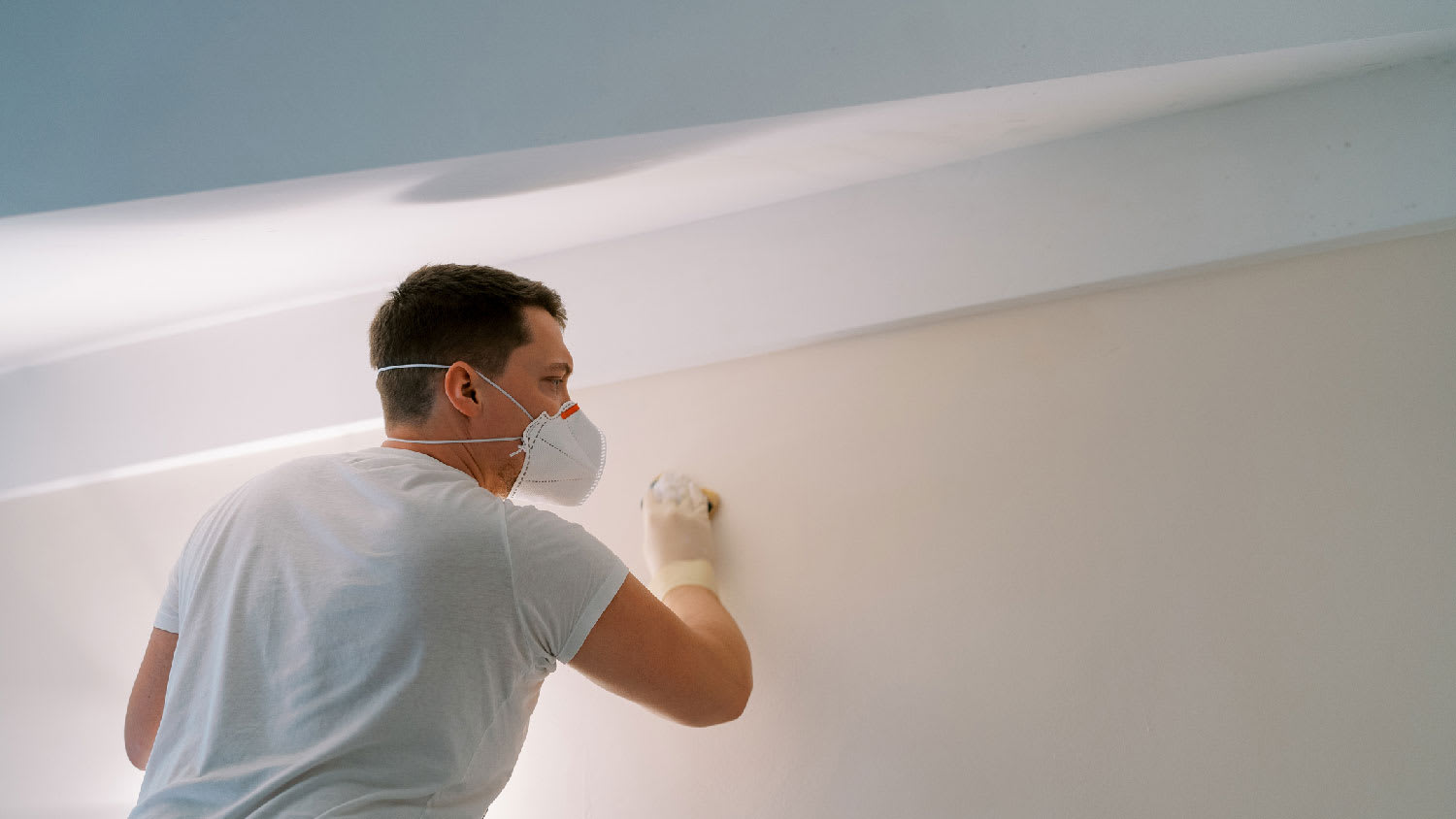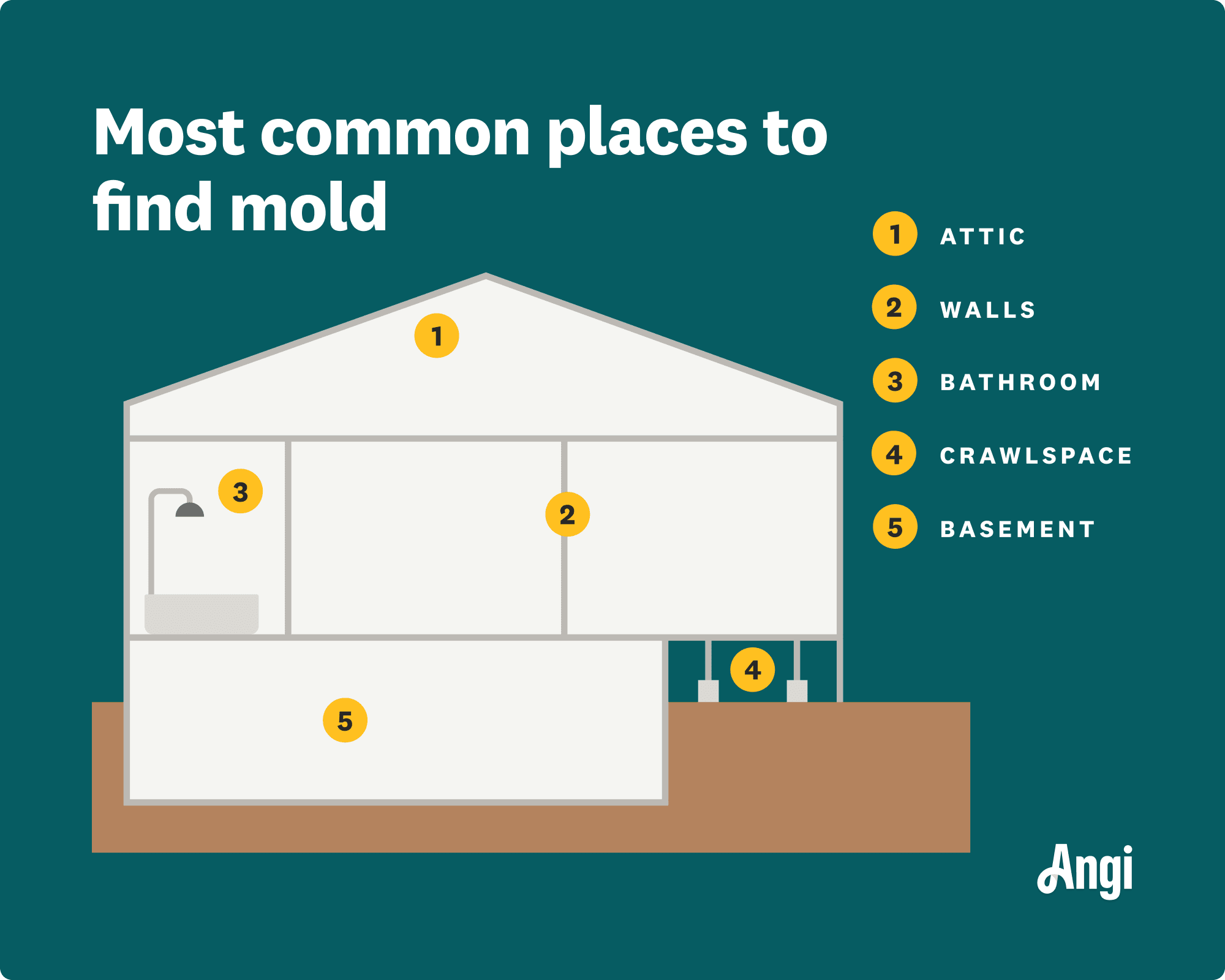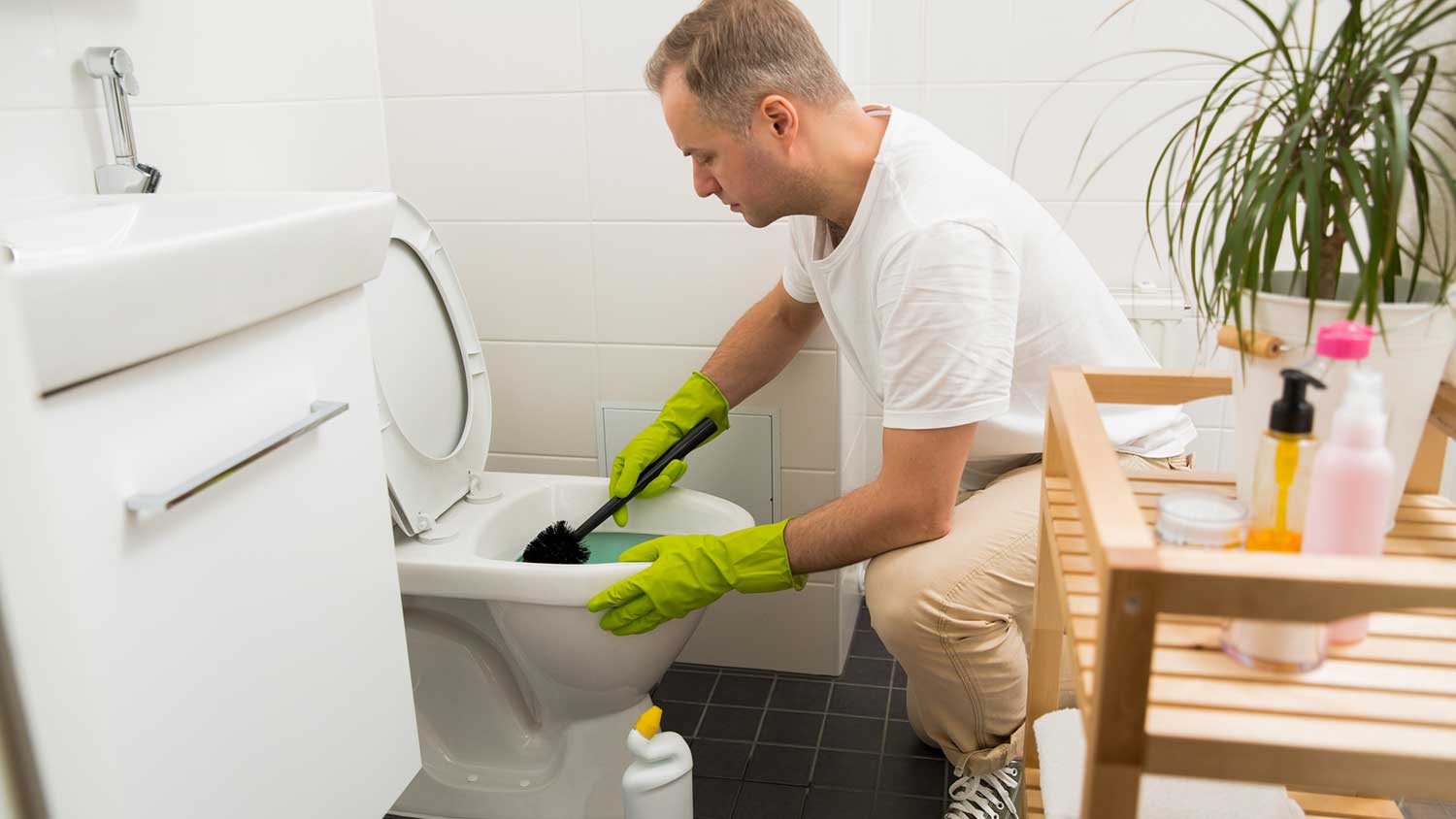
The cost of a mold inspection might seem high, but it’s one of the best investments you can make for your health and home. Read on to learn cost-saving tips.
Mold remediation costs in Boston, MA, cost $2,454 on average, but it can cost between $1,381 and $3,563, depending on location, type, and size of infestation.


Indoor mold problems are common in Boston due to high humidity and frequent rainfall.
Mold remediation specialists in Boston charge between $5 and $25 per square foot.
No license is required to conduct mold removal in Massachusetts, so vet pros carefully.
Visible evidence of mold or past mold problems can lower a home’s value by up to 40%.
In Boston, high humidity in the summer and wet, rainy winters create the perfect environment for mold infestations in homes. Mold remediation in Boston costs $2,454 on average, with costs normally ranging from $1,381 to $3,563, depending on the size, type, and location of the infestation. It's important to resolve a mold issue quickly to avoid health risks and to prevent damage from spreading and impacting the value of your home. This guide walks through the costs you can expect.
The total cost of mold remediation in Boston, Massachusetts, is influenced by several factors. These include the location, type, and size of the mold infestation in the home, as well as the amount of damage the mold has caused.

It costs more to remove mold from certain areas of your home than others. For instance, mold growth in hard-to-reach areas, like in your HVAC system or drywall, can require more time and materials to remove than mold in very accessible areas, driving up costs. Attics in Boston are particularly prone to mold due to the region’s high humidity levels and frequent rainfall.
| Location | Average Remediation Cost in Boston |
|---|---|
| Attic | $3,000–$6,000 |
| Basement | $2,500–$5,000 |
| Crawl space | $500–$2,000 |
| Wall | $1,000–$20,000 |
| HVAC systems | $2,000–$6,000 |
| Bathroom | $500–$1,000 |
| Whole house | $10,000–$30,000 |
Most mold removal professionals in Boston charge $5 to $25 per square foot. So, if you're removing mold from a 100-square-foot area, you can expect to pay around $500 to $2,500. But factors like where the growth is and the mold type can affect how much it costs to remove it.
Mold inspection costs between $300 and $1,075. Mold testing is key to determining whether you have the presence of mold in your home, plus the extent of the infestation. You’ll need to hire a mold inspector to test surface samples in your home before moving forward with remediation.
Regardless of how it affects remediation costs, you need to know which type of mold you have in your home for your safety. That said, if a mold test reveals the presence of black mold, your mold remediation pro will likely charge more to remove it based on the additional cost of protective equipment.
| Type of Mold | Description |
|---|---|
| Alternaria | A common mold found outside in spring and summer, it primarily attacks plants. |
| Aspergillus | White fuzz that turns black over time, but it can also be brown, yellow, and green. It can cause respiratory illness and requires immediate remediation. |
| Aureobasidium | Grows on painted surfaces and behind wallpaper. It’s often pink and causes allergies. |
| Chaetomium | Extremely toxic and can cause brain infections and various cancers. A white fuzz that turns to blue or green. Requires immediate professional removal. |
| Cladosporium | Commonly found in basements and HVAC systems. It can cause mild allergy symptoms. |
| Fusarium | One of the most toxic molds; requires professional removal once discovered. Often caused by water leaks, it is commonly found in walls and floors. |
| Penicillium | Blue-green and grows in areas of elevated moisture where water damage has occurred. It can be very dangerous. |
| Serpula lacrymans | Causes severe damage to wood and spreads fast. Unfortunately, this mold is usually found after it has spread widely. |
| Stachybotrys chartarum (black mold) | Extremely dangerous, not to mention fast-spreading. Requires immediate removal by a professional. |
| Trichoderma | Grows rapidly in wood, plants, and soil. Commonly found in HVAC systems and not as widely discovered as others in this list. |
| Ulocladium | A dark-colored mold found near windows and in kitchens and basements. Looks like black mold, but it isn’t as toxic to humans. Nevertheless, it still requires removal. |
If left untreated, mold can damage your drywall, carpeting, and flooring. Replacing or repairing your walls or floors will add costs to the removal.
Here are some cost estimates for different types of mold damage repairs in Boston, MA:
| Repair Type | Average Cost in Boston |
|---|---|
| Drywall | $1,000–$2,900 |
| Carpet | $775–$2,600 |
| Flooring | $200–$550 |
Mold testing and remediation specialists in Boston charge between $100 and $110 per hour for their labor alone. No license is required to conduct mold remediation in the state of Massachusetts. When hiring a mold remediation company, be sure to confirm that any pro you hire has the relevant experience by checking their reviews, searching complaint history, and asking for references.
In addition to hiring a mold remediation specialist to remove your mold problem, you may also need to hire other pros to help prevent future mold infestations. The help you need depends on the source of your mold problem.
For mold problems due to a roof leak, hire a roof repair specialist. Roof repairs cost $390 to $1,930 on average.
For mold problems in a crawl space, hire a crawl space encapsulation contractor. Crawl space encapsulation costs $5,000 to $15,000 on average.
Mold in a basement may be due to problems with the home’s foundation. Foundation repair costs $2,200 to $8,100 and is conducted by a foundation repair contractor.
Mold remediation does not increase home value in Boston, but can help protect it from falling. A house with visible mold or evidence of past mold issues can cause a decrease of 20% to 40% in home value in the Boston area. Many prospective buyers will simply walk away from a home with mold, meaning you could have a harder time selling a home if you don't remediate the problem.
In addition, leaving a mold issue unsolved can create a health and safety risk for the home’s occupants, since mold spores can circulate through the home and cause respiratory problems.
Home is the most important place on earth, which is why Angi has helped more than 150 million homeowners transform their houses into homes they adore. To help homeowners with their next project, Angi provides readers with the most accurate cost data and upholds strict editorial standards. We survey real Angi customers about their project costs to develop the pricing data you see, so you can make the best decisions for you and your home. We pair this data with research from reputable sources, including the U.S. Bureau of Labor Statistics, academic journals, market studies, and interviews with industry experts—all to ensure our prices reflect real-world projects.
Want to help us improve our cost data? Send us a recent project quote to [email protected]. Quotes and personal information will not be shared publicly.
From average costs to expert advice, get all the answers you need to get your job done.

The cost of a mold inspection might seem high, but it’s one of the best investments you can make for your health and home. Read on to learn cost-saving tips.

Mold in your furnace can cause long-term problems for your family. If there’s mold present in your furnace, the spores will spread quickly through the home. Here’s how to take quick action to fix the problem.

Water damage vs. mold: knowing the difference could help you identify mold as soon as it appears. Keep reading to learn signs of water damage and mold.

You’ve just opened your toilet to a slimy surprise, and now you’re wondering: Why is mold growing in my toilet? Here are the most common causes.

Where there's moisture, there's likely to be mold. Read on for tips on how to prevent mold growth in all areas of your home.

Mold is a common concern for many homeowners, especially black mold. Is black mold toxic? Yes, and that's why you need to know how to identify it.